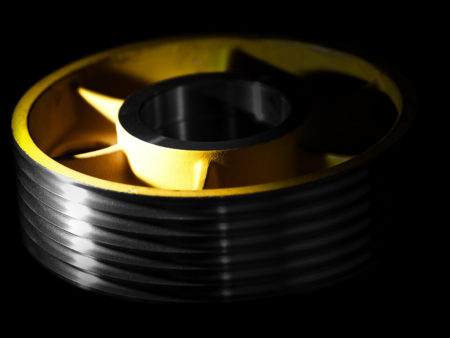Cast iron mixed with lamellar graphite is known as grey cast iron. In these materials the carbon content is higher than 2% and they are replenished with other elements like silicon and manganese.
The most important melting unit for grey cast iron is the cupola furnace. Coke serves as the energy source in this process. When coke burns, it generates the heat required to melt the raw material and the additives. The cupola furnace is a shaft furnace into which layers of steel scrap, pig iron, foundry returns, and the main energy carrier, foundry coke, are alternately charged. Steel scrap and foundry returns come from used components and are the primary carriers of the iron element. The reuse of old material (recycling) has thus been practiced for a long time. Through the tapping spout, the molten iron exits the cupola furnace with the planned chemical composition. The melting process in the cupola furnace is more cost-effective than melting in an electric furnace. However, burning coke produces large amounts of CO₂, which is disadvantageous from a climate perspective.
In comparison with steel casting, grey cast iron consumes less energy when melted, moreover it has a good castability and good shock absorbing characteristics.
For grey cast iron carbon is used in the form of lamellar graphite, different to nodular cast for which carbon is used in the form of nodular graphite. Because of its good castability, grey cast iron is used for many casting products. Important examples are – among others – pulleys, engine casings, gear housings and brake drums.
